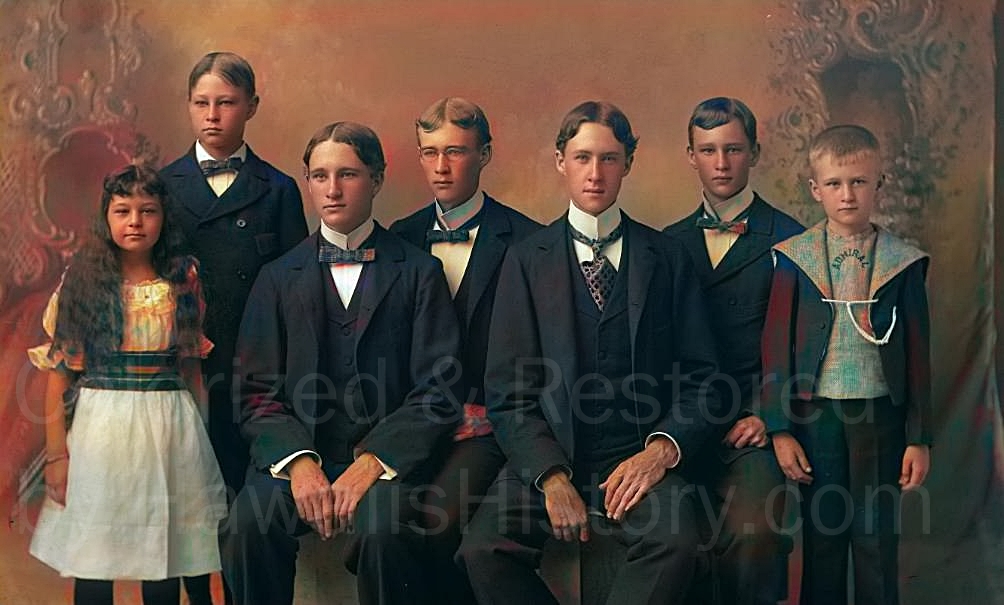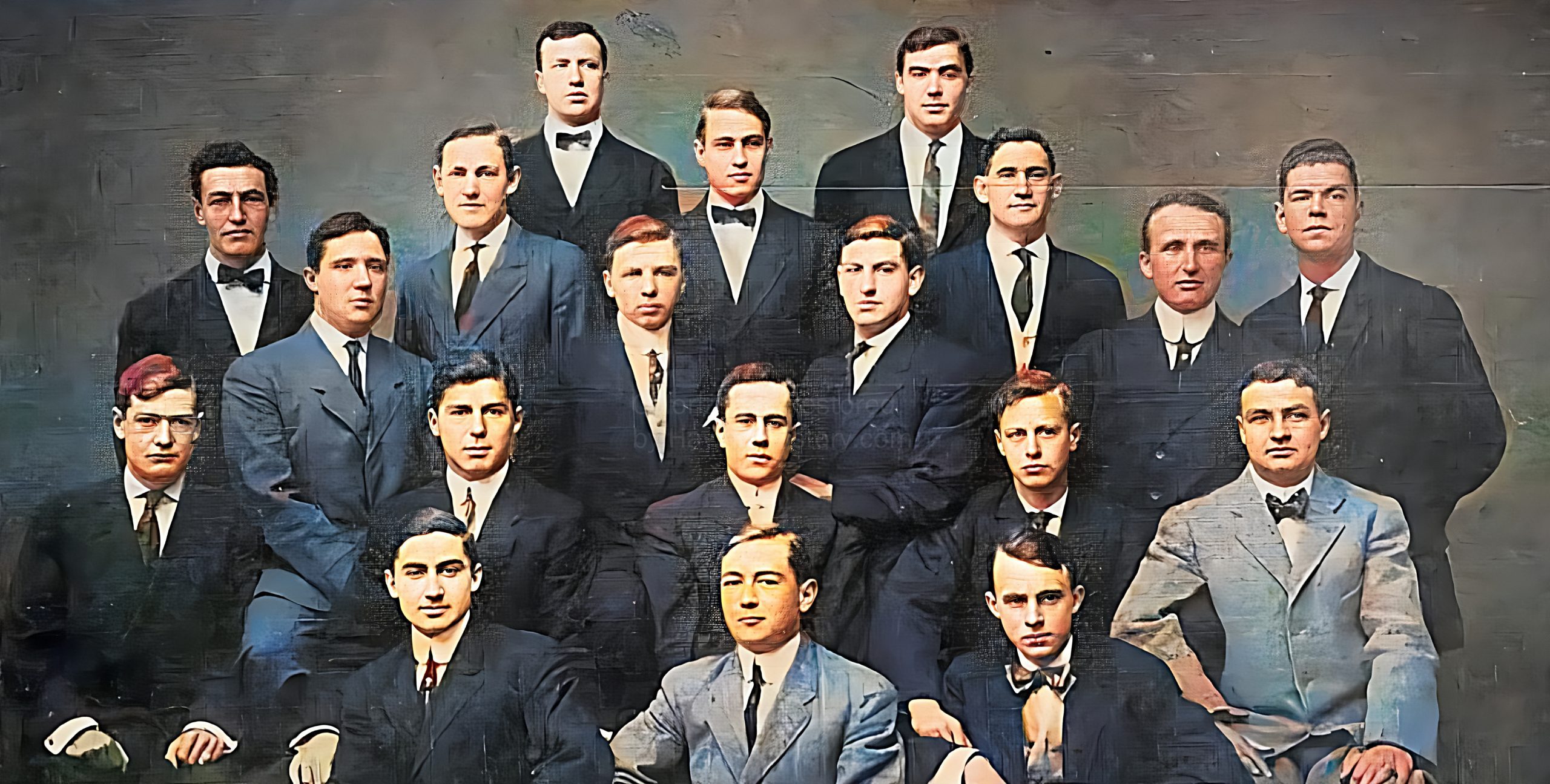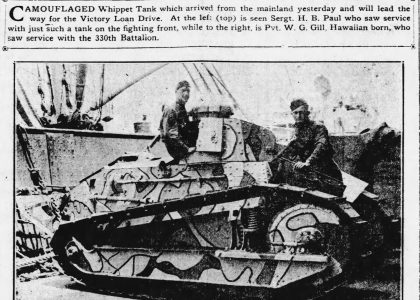
Edmund Hedemann




Early Life of Edmund Hedemann in Honolulu
Edmund Hedemann was born in Honolulu on December 25, 1886, during political change and global transition. He grew up in Nuʻuanu Valley in the family’s home on Judd Street, surrounded by lush landscapes and the rising energy of a modernizing Hawaiʻi.
His father, Christian Jacob Hedemann, was a Danish-born engineer who came to the islands in 1878 and rose to manage the Honolulu Iron Works. CJ Hedemann was key in modernizing Hawaiʻi’s sugar industry and served as Denmark’s honorary consul. He built over 100 sugar mills in Hawaiʻi, Asia, and the Pacific.
Punahou Graduate and Stanford Alumnus with Castle & Cooke Ties
Edmund attended Punahou School, a prominent institution that educated many future leaders of the Territory of Hawaiʻi. After Punahou, he left for California and enrolled at Stanford University. He studied economics and was active in the Phi Gamma Delta fraternity, graduating with the Class of 1912.
After returning to Honolulu, he worked in the shipping department of Castle & Cooke, one of the Big Five companies that dominated Hawaiʻi’s economy. His sister Alice would later marry into the Castle family, connecting him directly to one of the islands’ most powerful business dynasties.
Waikīkī Swimmer, Healani Oarsman, and Life in Territorial Hawaii
Outside of work, Edmund enjoyed Honolulu’s vibrant athletic and social life. He was an accomplished rower with the Healani Boat Club, rowing competitively from 1911 to 1915 and earning praise for his discipline and physical endurance. In 1914, he stroked the club’s senior crew to victory.
In the summers, he joined other young men of Honolulu’s elite for beach gatherings at Sans Souci in Waikīkī. Reports from 1906 describe him as part of social circles that enjoyed ocean swims, games, and luncheons hosted at private beach homes (“Society News,” 1906, July 29, p. 12).
National Guard Service and Hawaii‘s Role in World War I
Although the Territory of Hawaiʻi lacked voting rights and statehood, its people responded swiftly to America’s entry into World War I. Young men volunteered for service, and women organized Red Cross drives and supply efforts. Hawaiʻi, isolated but strategic, became a vital military and shipping hub.
Edmund joined the Machine Gun Company of the First Regiment, National Guard of Hawaiʻi. In May 1918, he was selected for officers’ training at Schofield Barracks (Hawaiian Gazette, May 14, 1918). However, eager to reach the front in France, he resigned from Castle & Cooke and enlisted as a private in the regular army.
His enlistment was temporarily delayed due to War Department regulations barring certain draft classes from joining, but he was eventually accepted and assigned to the Second U.S. Infantry Regiment.
Influenza, Pneumonia, and the Death of Edmund Hedemann

In early 1919, while stationed at Camp Dodge in Iowa, Edmund contracted influenza. The illness worsened into pneumonia, a common and often deadly complication in the wake of the 1918 flu pandemic. His father received an urgent cable from the base hospital, requesting that his brothers come immediately—one from the East Coast, the other from Mare Island.
Despite the family’s efforts, Edmund Hedemann died on March 19, 1919. He was 32 years old. The war had ended four months earlier, but the global toll of disease and displacement lingered.
His passing was marked in the press and the community. The Healani Boat Club mourned the loss of a dedicated oarsman. Castle & Cooke honored him with a service star. And Punahou School, whose alums had served and died across Europe, remembered him among the fallen.
Honoring a World War I Soldier from Hawaiʻi
Edmund Hedemann’s name appears in local memorial rolls as one of the many men from Hawaiʻi who died during the First World War. Though Hawaiʻi was not yet a state, its residents—Edmund among them—acted as Americans in full, giving their labor, leadership, and ultimately their lives to the cause.
His remains were cremated, and services were held in Honolulu. Like those of other World War I soldiers from Hawaiʻi, his legacy lives on in the names etched into the memory of a territory that answered the call of war with quiet strength and sacrifice.
Sources Cited
- Honolulu Star-Advertiser. (1919, March 21). Edmund Hedemann Dies in Service, p. 7.
- Honolulu Star-Bulletin. (1919, May 10). They Gave Their All to Serve the Stars and Stripes, p. 3.
- Honolulu Star-Bulletin. (1919, March 29). Hedemann’s Death Shock to Oarsmen, p. 25.
- Honolulu Star-Advertiser. (1918, May 4). Order Barring Draft Men from Army, p. 5.
- Honolulu Star-Advertiser. (1906, July 29). Society News, p. 12.
- Hawaiian Gazette. (1918, May 14). Select Training Camp Candidates, p. 8.
- Kuykendall, R. S. (1928). Hawaiʻi During the War. Honolulu: Hawaiian Gazette Co.
- CJ Hedemann Dead; Funeral Set for Friday. (1932). Honolulu Star-Bulletin, p. 1.
- Taps for Punahou Grads. Honolulu Star-Bulletin, March 29, 1919.


